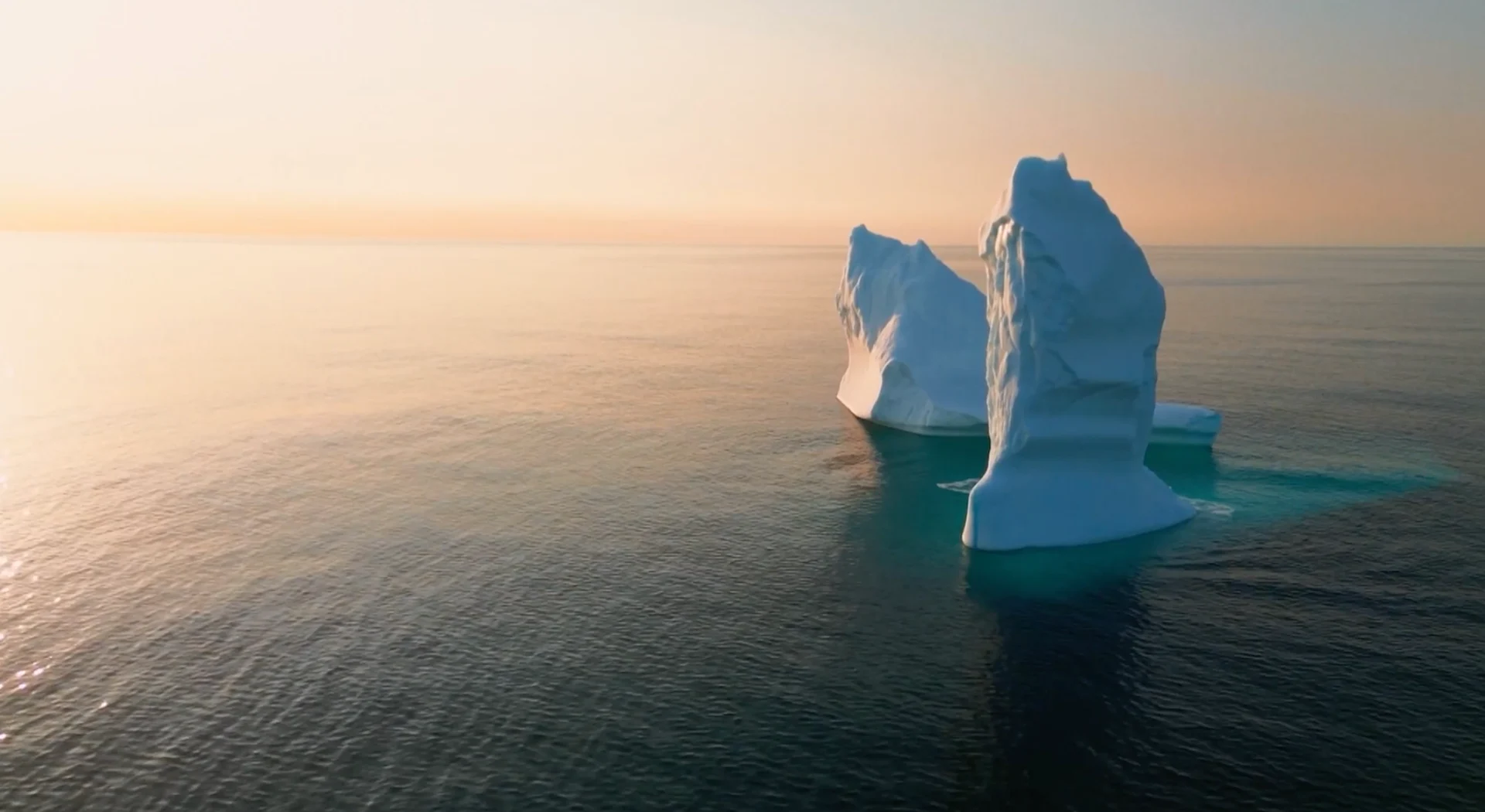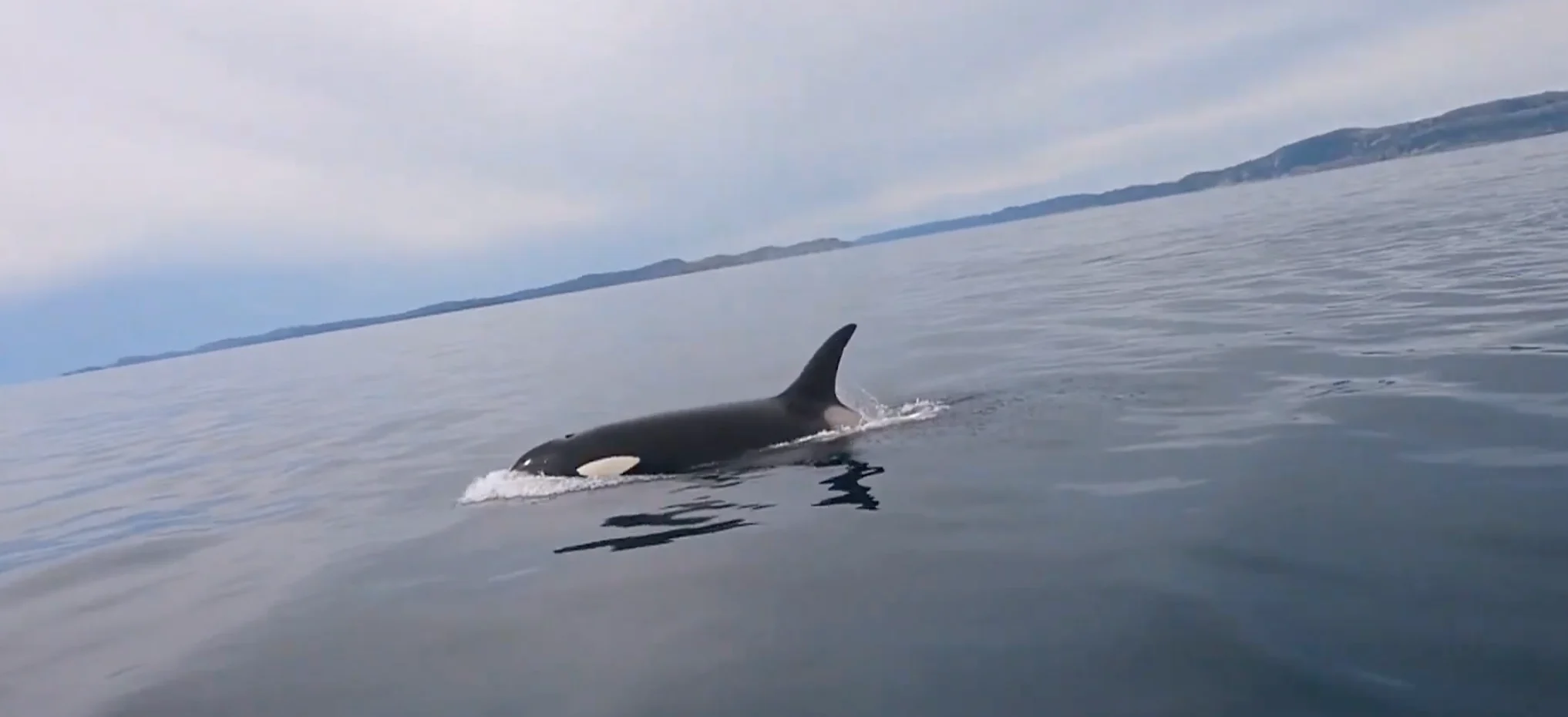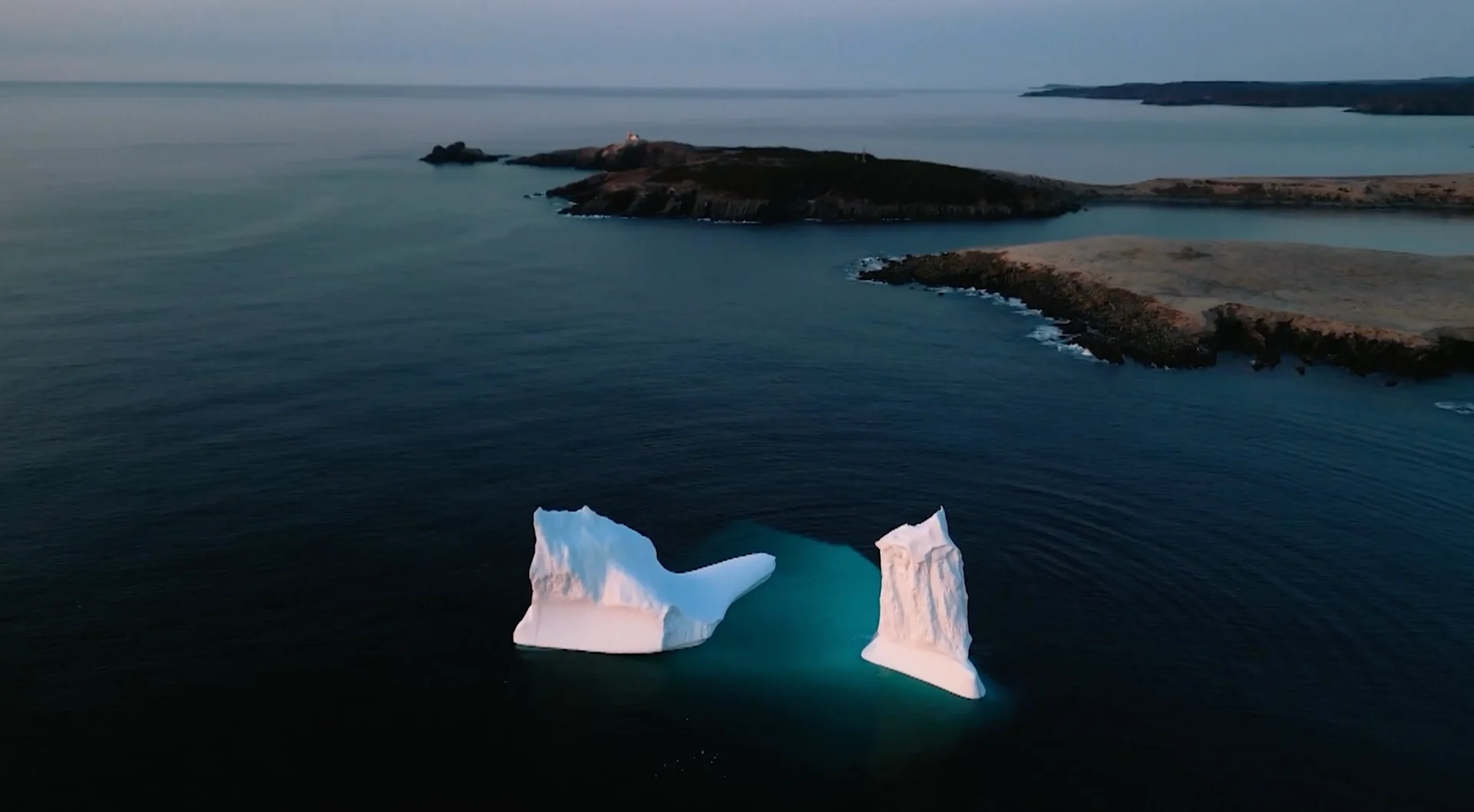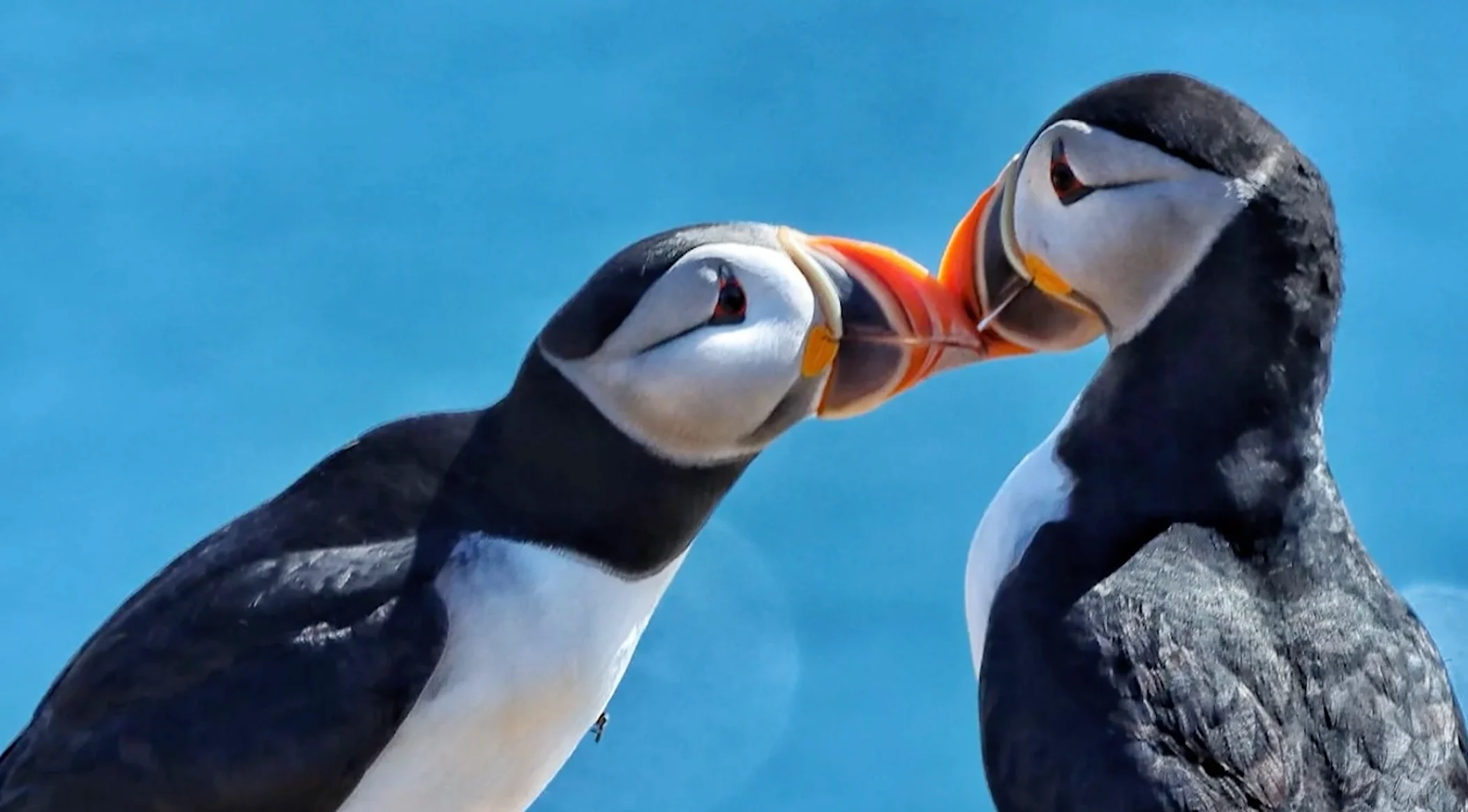
An ocean safari filled with majestic whales, playful puffins and icebergs
From summer into fall, there's so much history and nature to explore in Newfoundland and Labrador
The streets of Trinity, Newfoundland, are lined with colourful saltbox houses. This traditional Newfoundland architectural style is said to be named for its shape, resembling old salt boxes hanging on kitchen walls beside the stove to keep salt dry. This house design maximizes living space, and the sloping roof deflects strong winds whipping off the sea, helping snow to melt quickly in the sun. The colours range from bright yellows to oranges and vibrant blues.
Legend has it that fishermen adopted this colour scheme to locate their homes in the fog. This seems an unlikely explanation after witnessing how thick the fog can become. Another story suggests that the colours help combat the prolonged seasons of grey, dreary weather. Regardless of the reason, there is only one magnificent creature capable of making someone turn their back on this beautiful town: the whale. The stunning coastline stretches and undulates in and out of the surrounding coves, providing a backdrop to a wild display of whales and towering icebergs.

From summer into fall, you can observe twenty-metre-long sperm whales and their impressive triangular tails. (The Weather Network)
DON'T MISS: Get to know the hidden gems across Canada
Trinity Eco-Tours & Lodge, for example, takes you out to sea, providing a front-row view of the largest annual whale migrations in the northern hemisphere. It’s an ocean safari where, depending on the season, you might spot Fin Whales, the second-largest whales in the world, along with Orcas and giant Humpbacks breaching as they feed on capelin. From summer into fall, you can observe twenty-metre-long sperm whales and their impressive triangular tails. This region is also known as Iceberg Alley, where icebergs break off from Greenland and the Arctic in spring, travelling past Newfoundland’s coast until the end of June.

In Newfoundland, iceberg season typically runs from late April to early July. (The Weather Network)
Less than an hour north of Trinity lies Elliston, where, from the land, you can get up close and personal with these clowns of the sea more than anywhere else in North America.

Your best chance of viewing puffins in Newfoundland is from late May to mid-September. (The Weather Network)
These colourful provincial birds gather at the end of a rocky outcrop, where their black and white plumage and almost penguin-like appearance are enhanced by bills that present a striking mix of black, orange, and yellow. This pocket of Newfoundland is truly a paradise right here in Canada.
CLICK HERE to return to the Experiencing Canada main page for more videos and articles.

Experiencing Canada host Nathan Coleman poses from the puffin viewing site in Elliston, Nfld.(The Weather Network)
